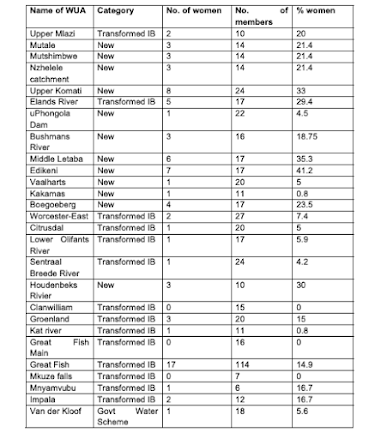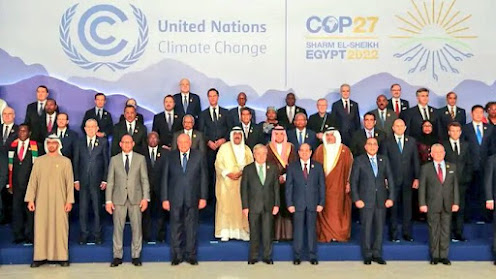Who's Voices, Who's Choices?
Community Water Management
Participatory development uses local knowledge to ensure development projects are long-lasting and sustainable. In the colonial era, development projects were often unsuccessful due to colonisers not understanding the unique biodiversity of the areas they were in. Community water management seeks to change the narrative, to emphasise that Africa is not homogenous but heterogeneous. A continent as diverse as Africa cannot have a singular water management system that is copied and pasted to meet the needs of Africa’s 54 countries. Mamdani (1996) argued that investment needs to align with the real problems local communities face and not what western actors decide needs to be fixed. As shown in my last blog, women have useful suggestions on the way water should be managed due to their involvement in domestic labour and water collection, however as the following case study demonstrates, they are often ignored.
Case study of south Africa:
In South African society, women are seen as less than men, therefore they have difficulty in voicing their opinion and speaking up due to fear of being undermined. In turn, women’s forced silence means they are excluded from the decision-making process. (Irounagbe, 2010). Their high level of workload means they are unable to frequently attend Water User Association (WUA) meetings and events. Once again this impacts women’s confidence, as they not always present for important discussions meaning their impression on the WUA is limited (Elias, 2017). Figure 1 brings attention to this highlighting the extent to which women are underrepresented at WUA meetings, particularly in Great Fish Main where there are 16 members and none of these are women. Women’s social inferiority in many South Africa has been implemented by local cultures insisting that men are all powerful and knowledgeable whereas women’s intelligence is restricted to domestic roles. It is important to note that females are strong, powerful beings and caring roles are incredibly difficult to carry out. Women deserve more than to be viewed as babysitters, their emotional connections and empathy keep communities going.
Figure 1- Women representation in MANCOs of WUAs.
Agarwal (2001) describes a paradox in which women are simultaneously included and excluded in participatory. They have a seat at the table, however this seat is a performative one, they are not able to express opinions due to women’s inferiority being deeply embedded in cultural norms. In South Africa, laws are in place to support the participation of women in water management. However, women are fearful that her peers will shame her for being lazy or disrespect her husband for allowing
Is it effective?
There are definitely benefits to the community water management approach. Firstly, people are more likely to look after something they own as they are more invested in it’s success. Secondly, local engineers can provide simple training to members of the community to avoid having to call out mechanics for simple problems and also give locals a sense of responsibility. However, critics argue that community management is a way for the state to decentralise accountability and use community as a scapegoat when things go south, they suggest local communities are not competent enough to manage a complex resource like water in order to shift blame. Most importantly it can reinforce power relations among the local communities, especially gender hierarchies, meaning that conversations are dominated by the male gaze.
Sustainable development will be near impossible to achieve if women are not involved in the decision making process. There are multiple angles and perspectives covering the important issues of water management, different actors need to be bought to the table in order to acknowledge.




Comments
Post a Comment